
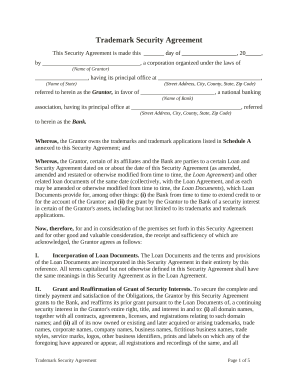
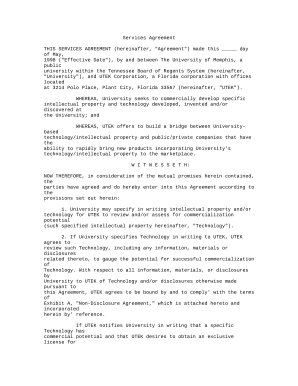
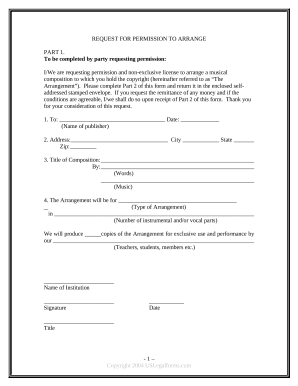

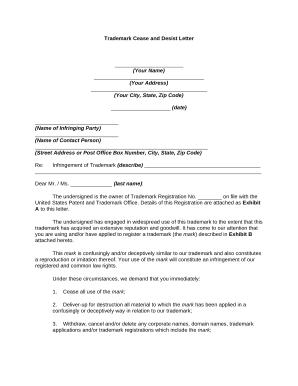
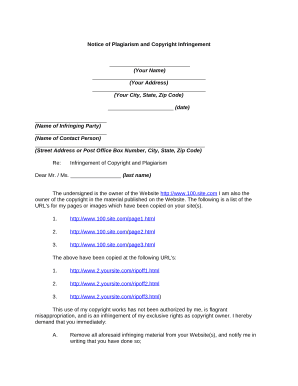
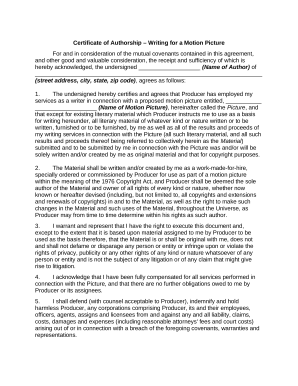


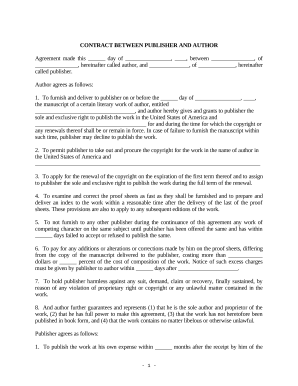

Boost your document management using our Intellectual Property Rights Forms category with ready-made form templates that meet your requirements. Get your form, edit it, fill it, and share it with your contributors without breaking a sweat. Start working more efficiently with the forms.
The best way to use our Intellectual Property Rights Forms:
Explore all the opportunities for your online document administration using our Intellectual Property Rights Forms. Get your free free DocHub account today!